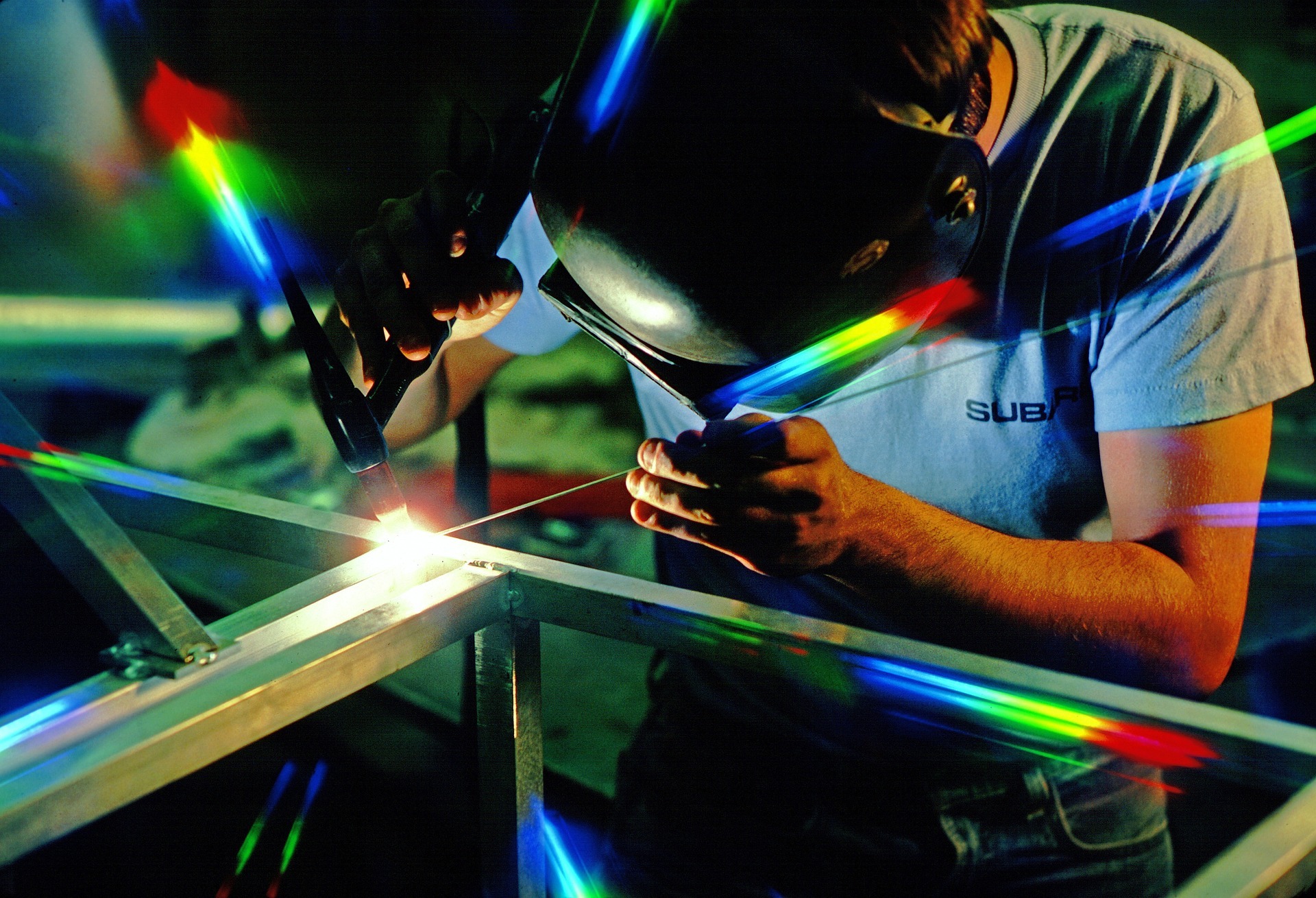When considering a welding job, it is important to choose the right welding wire. You must then take into account the types of metals you will be working with. While the cost of the welding wire is small when compared to the labor and initial setup costs for the wielder, it can be significant if you make the wrong decision.
A wire of good quality is essential for achieving consistent and even welds. Wires of poor quality increase the risk of damaging your materials.
In this article, we’ll discuss the many types of welding wires and try to make a comparison so it will be easier for you to choose the right welding wire for your welding needs.
Types of Welding Wires
This is one of the simplest learning processes when it comes to welding. In this technique, you use a shielding gas to heat up the metals along an electrode. With MIG welding, an arc is created between the base metal and the wire through an electric current. The weld produced is strong and does not require any cleaning.
Gas-shielded arc welding wires have three main types to choose from: composite or metal-cored wire, solid gas metal arc welding wire or GMAW wire as well as gas-shielded flux-cored wire or FCAW wire.
Solid Gas Metal Arc Welding Wire
One reason welders may prefer this wire is because it produces little to no waste, which results in reduced cleanup time. It is available in either a solid wire electrode or composite metal core. The welding strength of these types of wires depends on the wire chemistry and shielding gas used.
Depending on the deoxidizers used, these wires vary in strength. Highly deoxidized wires can only handle light to medium surface impurities. If you’re looking for the best one in the market, we recommend ER70S-6, which has higher levels of manganese compared to silicon. It’s superior to ER70S-3 while ER70S-4 is a middle grade choice.
When to Use It
The application of this wire depends on the metal you are working on. Go for this wire if you are using a blasted plate, otherwise you may want to opt for a metal-cored wire or flux-cored wire for a heavy mill scale plate. The reason for this is that these wires are not capable of deoxidizing heavy mill scales thoroughly, which is why you are having problems with the bead shape.
When it comes to out of position welding, this wire can be used on thin materials through the short arc procedure. Weld deposit strength can be affected by how strong the electrode is. This presents a problem with low-alloy base material of high strength. In this case, your best bet is the metal-cored wire.
Another downside with these wires is that you may experience more spatter, so you can expect post-weld cleanup, especially when transferring metal for globular or short arc.
Gas-shielded Flux-cored Wire or FCAW Wire
These wires are applicable whether you are welding out of or in position. The FCAW wires contain both fluxing agents and deoxidizers at their core, in order to protect the weld from outside contaminants.
When to Use It
If you are considering working with dirty steel base metals, then the FCAW wire would be the best choice. The reason for this is that the flux component acts as a shielding gas.
This means that the FCAW is suitable for high deposition applications. When choosing an FCAW wire, go for the ones with a diameter of -0.035- to 116 inch diameter. Opt for E71T-1 or E 71T-12 for out-of-position welding.
FCAW wires are suitable for various low-alloy, intense applications due to the addition of slagging agents to the core.
Metal-cored Wire
These wires are tubular and have a lot of metallic components in the core. They are also known as flux-cored wires. The metal-cored wires have very little post weld clean up compared to the GMAW wires, so they are on the advantage.
The metal-cored wires are better suited to handle surface and mill scale contaminants than the GMAW wires because of their metallic composition. You should use a metal-cored wire if you are going to blast some material prior to welding.
When to Use It
If you were to compare a solid wire of the same diameter size with a metal-cored wire at given amperage, you would notice that the metal-cored wire has a higher density. This results in higher deposition rates.
The metal-cored wire can be used for different purposes, but because of high amperages, it may not be suitable for semi-automatic welding, especially for wires with large diameters.
Metal-cored wire is the ideal choice for welders who make travel speed a priority. It improves wetting, for example, for a plate with a mill scale. This results in improved production rates in fabrication shops due to the reduced spatter.
One advantage of using metal-cored wires is that you can add low levels of metallic components to the core. This enables you to modify the mechanics properties as you wish. It is particularly suited for low-alloy applications with high strength.
Compared to GMAW wire, you have fewer cleanups with the metal-cored wire, though you may need to remove silicone build ups before coating the base metal.
Conclusion
Being able to identify the right welding wire will significantly impact your welding results. The type of metal you will use influences the type of wire diameter. Also, it’s imperative that you choose wires with a deoxidizer that provides utmost protection against oxidation.

